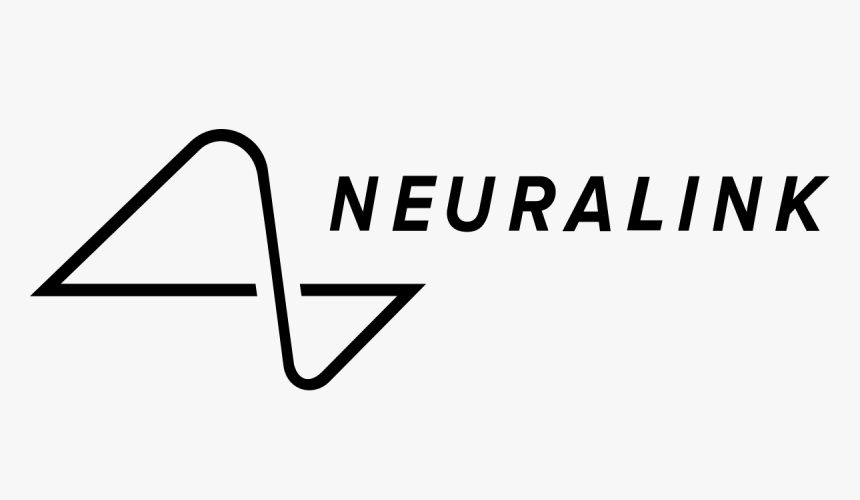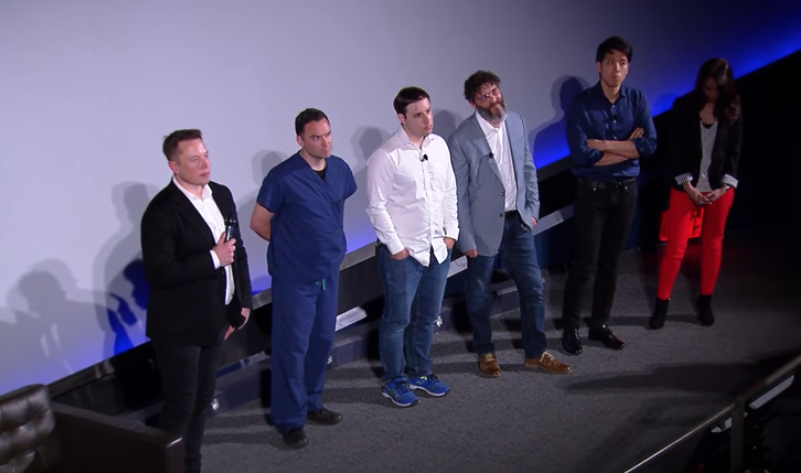Neuralink: Elon Musk Will Let You Play Music In Your Brain
Elon Musk wants to get inside your head.
This article is more than 2 years old

Elon Musk wants to get inside your head. He has a new company called Neuralink and their goal is literally to allow your brain to interface directly with machines. Sound like something out of science fiction? Maybe but Elon Musk is no Dr. Frankenstein. He’s real and so is Neuralink.
This is what you need to know about Elon Musk’s plan to get inside your head.
NEURALINK AND BMIs
Musk founded Neuralink in 2016 with a group that includes Ben Rapoport, Dongjin Seo, Max Hodak, Paul Merolla, Philip Sabes, Tim Gardner, Tim Hanson, and Vanessa Tolosa with a goal of developing implantable BMIs or brain-machine interfaces.

According to Nature.com, the simple description of a BMI is as follows: “a device that translates neuronal information into commands capable of controlling external software or hardware such as a computer or robotic arm.” Since that time of inception, Musk’s neurotechnology company has been dead set on producing these implantable BMIs.
WHY NEURALINK?
With Neuralink, Musk’s initial plan was to treat serious brain diseases, with his long term goal being human enhancement. According to Musk, the idea hit him from reading The Culture, which is a series of novels written by author Iain M. Banks. The books spoke of a concept Banks called “neural lace” which was a fictional technology where brain-computer interface was implanted into a living person’s brain. Musk loved the idea so much that he, along with his partners, wanted to explore the realities of neural lace, hence Neuralink.

Back in 2019, as stated before, Musk told everyone on a live stream that his hopes for Neuralink were to not only treat brain disorders but also to preserve and enhance human brains, which would eventually link and merge humans with artificial intelligence. At that time, the company was already working on such a system that would allow for paralyzed people to control their limbs with only their thoughts. Life from nothing.
NEURALINK: IT’S ALL IN YOUR HEAD
So how does this work? If Musk is talking about brains and diseases and controlling paralyzed limbs, he must also be talking about the invasive way this technology works.
In layman’s terms, thin flexible electrode threads would be implanted in the brain. A small device would then be placed behind the patient’s ear to allow for interface with the newly placed electrode threads. This definitely doesn’t sound like an easy task, perhaps even dangerous when considering you’re placing electronics in the brain.
MUSIC IN YOUR BRAIN
According to Musk, once the chip is set in the brain, the sky’s the limit. In fact, he wants to bring music to your brain. Again, life from nothing. As one Twitter follower asked, “If we implement neuralink – can we listen to music directly from our chips?” to which Musk responded simply, “Yes.”
If you ask Musk, though, he seems to be supremely confident in what the results could be. Another Twitter follower pressed him about his technology and if it could stop the rapid firing of neural networks in patients with obsessive-compulsive disorder. Again, his simple answer was “Yes.”
IS ELON MUSK GOING TOO FAR?
But should we have a technology like Neuralink? Understanding Musk’s all-out desire to better this world, to help solve the mysteries of the human body, should he?
When it comes to Neuralink and BMIs, many questions come to mind. First off, who owns the data your brain produces? Secondly, what happens if the implant fails? Do we have a real-life Westworld situation on our hands? How do you protect your brain from being hacked? It’s safe to assume that once this technology becomes public, hackers will be going all out trying to find a way into your brain. What of the link just stops working? Do you drop dead? So many questions and not enough Neuralink information at this point.

While we are now slowly beginning to blur the lines of science fiction and reality, the question remains: Should we? In many instances, the answer is a resounding yes. If we have the technology to bring feeling, control, movement to a person who was previously paralyzed, should we not give them that chance? In many other instances, the answer is a resounding no. How far do we go with our technology to allow it to control a human body?
Elon Musk continues to push fiction by making it a reality. Like the iconic Dr. Victor Frankenstein, he sees life where others do not. But the biggest difference between Frankenstein and Musk is that Victor Frankenstein is a fictional character and Elon Musk is as real as it gets. Dr. Victor Frankenstein has got nothing on Elon Musk.












